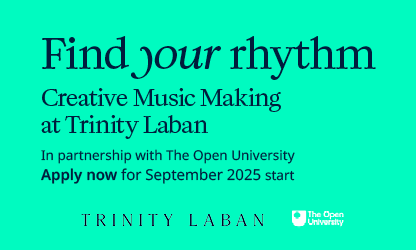Britten's A Ceremony of Carols
Camden Choir
A Ceremony of Carols is one of Britten’s best-known and most-performed works. It is a brilliantly conceived and dramatic concert work which embodies the spirit of hope and joy in our anticipation of Christmas.
Britten composed this masterpiece during his crossing of the Atlantic back to the UK in April 1942. It seems almost bizarre that this spirited and Christmassy work was written on a rickety merchant ship (the MS Axel Johnson), forming part of a naval convoy, which was vulnerable to torpedo attacks at any time. In letters to friends, he revealed he was ‘bored’ (rather than terrified) and to pass the time he composed seven songs that became part of A Ceremony of Carols.
The work opens and closes with the chant Hodie Christus natus est (Christ is born today), sung in procession. The opening chant is also the basis of the poignant and dramatic harp solo, Interlude, which forms both the centre of the whole work and its longest movement. The other 10 movements set Middle English, Latin and Early Modern English texts, which Britten chose from The English Galaxy of Shorter Poems, edited by poet Gerald Bullett. He had picked up a copy while waiting to embark.
A Ceremony of Carols marked Britten’s re-entry into British life after three years in the USA. He completed the piece over the next few months, and it received its world première in Norwich Castle on 5 December 1942, performed by the women’s voices of the Fleet Street Choir. Originally written for a women’s choir, Britten recast it for an mixed choir in 1943.
The choice of harp as an accompaniment was fairly unusual at the time, but it has become part of the harpists’ staple repertoire now. It was because Britten had with him a harp manual, giving instructions on how to compose for the instrument – he had been considering composing a
General Public: £15, Family (2 adults, 1 child OR 1 adult, 3 children): £35, Student with card: £10



